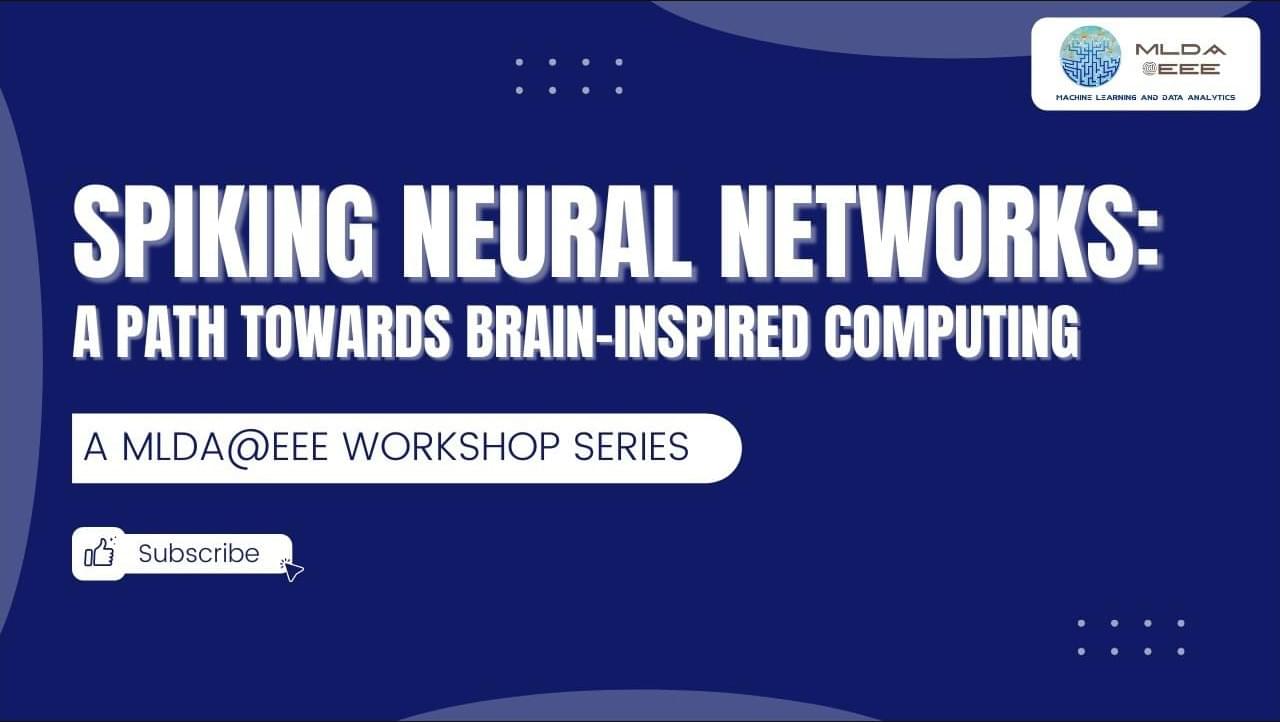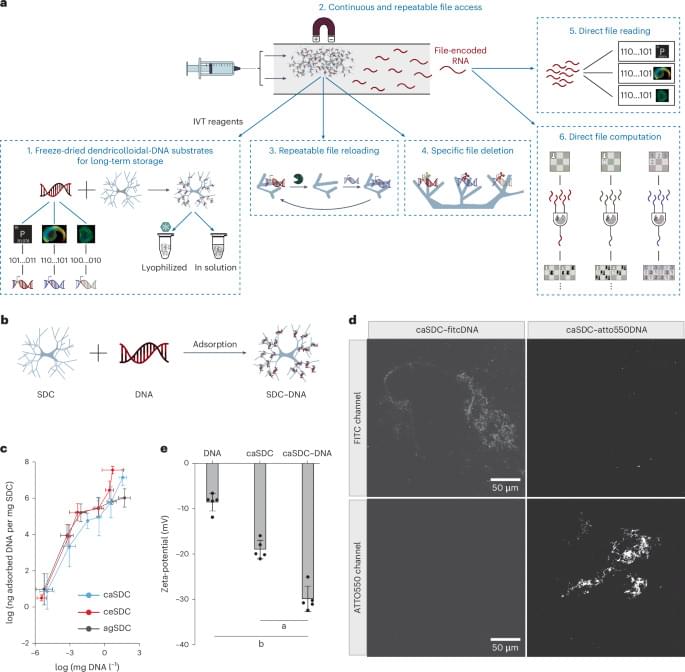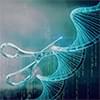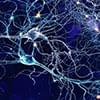Aug 25, 2024
Experiment could confirm information as the fifth state of matter
Posted by Dan Breeden in category: biotech/medical
Dr. Vopson proposes that information has mass and is the fifth state of matter, expanding our current understanding of the universe’s basic building blocks.
Physicist Dr. Melvin Vopson from the University of Portsmouth has proposed an experiment to prove that information is the fifth state of matter, alongside solid, liquid, gas, and plasma. His theory suggests that information possesses mass and is a fundamental component of the universe, similar to DNA in living organisms. The experiment involves using particle-antiparticle collisions to detect and measure this information. If proven correct, this could radically change our understanding of physics, suggesting that information might even be the elusive dark matter that makes up nearly a third of the universe.
After reading the article, a Reddit user gained more than 1.7k upvotes with this comment: “Here’s explanation: When you collide an electron and a positron (an anti-electron) they are completely destroyed, releasing their mass equivalent energy as photons. The information equivalence theory predicts that you aren’t just destroying the mass but also internal information the particle has. If this is true, the annihilation would also release photons equal to the information-energy equivalence.” This article will amaze you by showing how information might be the key to unlocking the mysteries of the universe. Don’t forget to discuss this fascinating theory in the comment section below!


















